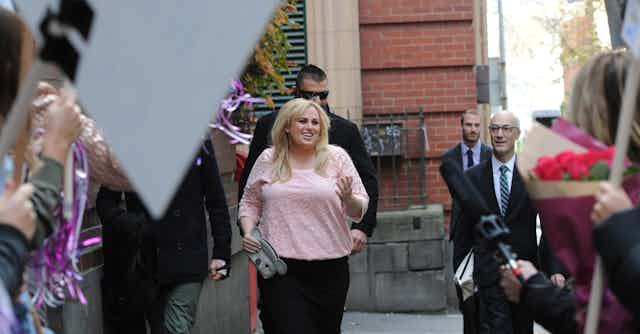New South Wales District Court judge Judith Gibson recently identified a worrying social trend she sees in running the court’s defamation list – “ordinary people” suing over social media posts. In turn, NSW Attorney-General Mark Speakman committed to a review of defamation laws, in light of “the developing technological environment”.
Our new study also observed the emergence of disputes between individuals over posts on various digital channels.
We looked at plaintiffs, defendants and platforms featured in 189 defamation cases over five years, from 2013 and 2017. We found disputes between individuals over posts on social media, in text messages and emails, and many matters involving comments on websites.
Using 2007 as a comparison to a largely “pre-social” period, we found the percentage of digital cases that year was just over 17% of all defamation cases, compared to just over 53% in 2017.
Interestingly, only 21% of cases over the five-year period involved private individuals as plaintiffs, and only 26% involved media companies as defendants (compared to 31% in 2007).
Not just the domain of celebrities and politicians
These findings run counter to perceptions of defamation cases largely consisting of proceedings brought by public figures against traditional media companies. Those matters still do occur – think Joe Hockey or Rebel Wilson – and they are sometimes the subject of large defamation awards.
However, it seems a large slab of defamation action in Australia is now disputes between individuals over comments posted on social media, websites, or other digital platforms.
One of the cases we encountered involved Facebook posts about the CEO of a Canberra football team, made by someone in the football community. Another case was about text messages sent by a woman to her sister that accused the defendant of having consensual and non-consensual sex with his sisters.
In both cases, the people who published the messages did not appear at trial to defend themselves. Damages of more than A$100,000 were awarded, and both plaintiffs obtained injunctions to stop the defendant repeating the claims.
Another matter involved website comments about a police officer involved in an incident where a 15-year-old boy was shot and killed in suburban Melbourne. The statements about the plaintiff were described by the judge as “shocking in the extreme”.
Although traffic to the website would be nothing like that of a news media site, the judge noted a search of the plaintiff’s name on a standard search engine would produce the defendant’s website prominently.
In this case, the defendant created a website dealing specifically with the topic that involved the plaintiff. It was significant that the defendant had both an opportunity and the means – the website – to issue a retraction or apology, but chose not to. This was despite the publication of a coronial inquiry that exonerated the police officer for personal liability. The plaintiff was awarded $150,000 in damages.
A review overdue
Claims made about plaintiffs can be very serious, despite most defendants not having the reach of the Herald Sun or The Sydney Morning Herald.
However, Gibson has questioned the merits of many of these cases – or, at least, the suitability of current defamation law as a way to resolve them. She described our laws as “out of sync” with technology.
The cases we looked at weren’t by any means the only defamation judgments over the period we examined. Indeed, we found more than 600 court decisions relating just to these 189 main cases.
The real scale of defamation action in Australia is unknown. Research efforts are complicated by fractured data sources, and public resources only reveal part of the picture. Confidential correspondence and settlements that try to offset costly court action – whatever the merits of those claims – is largely confined to in-house legal teams and their advisers.
All this helps underscore the importance of Gibson’s comments identifying the trends she sees in court, and the commitment from NSW to review defamation laws.
Previously, this decision to tackle a pressing problem in public policy would have pleased major media companies. Considering the findings of our study, it might also help a growing number of ordinary people who now find themselves caught up in complex legal actions.

